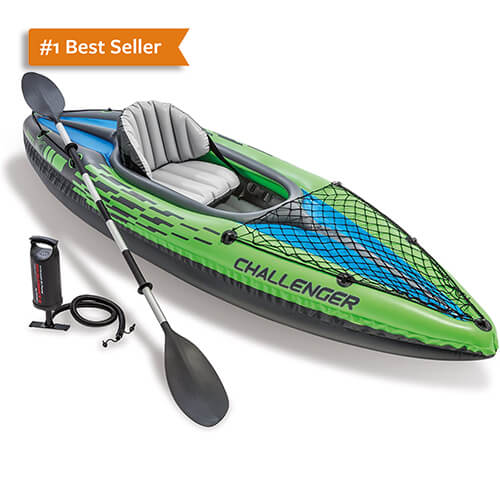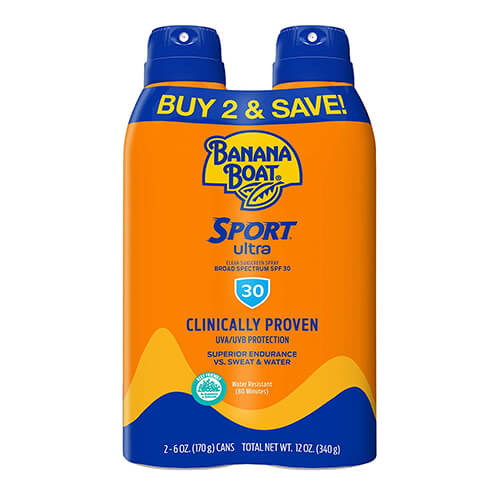The Mississippi River is 2,350 miles from its source to the Gulf of Mexico, and the second-longest river in North America. To communities along the river, it provides lifeblood to their communities, and for the 80 to 100 people who kayak the entire length each year, it offers a challenge.
So, how long does it take to float down the Mississippi River? The short answer to how long it will take to float down the Mississippi River is around three months. However, as in most things, some factors can change this.
How long does it take to travel the Mississippi River?
For example, your level of fitness, how long each day you will (and can) paddle, weather, and what you are looking for with this trip. Do you want a pleasant journey, or is it a challenge to complete as quickly as possible?
Kirk Milhone and Kevin Eckelkamp hold the record for paddling the length of the Mississippi. The pair completed the journey in thirty-five days, eleven hours, and twenty-seven minutes, in 1980 starting from Lake Itasca and ending at Lower Mississippi.
The team are very experienced canoers who have previously attempted to paddle down the Amazon, and up the west coast of Canada to Alaska.
Every year somewhere between 80 and 100 people attempt this challenge, and just over 50% succeed. Occasionally the trip will end in tragedy with the death of the paddler; around 0.25% would be the closest estimate.
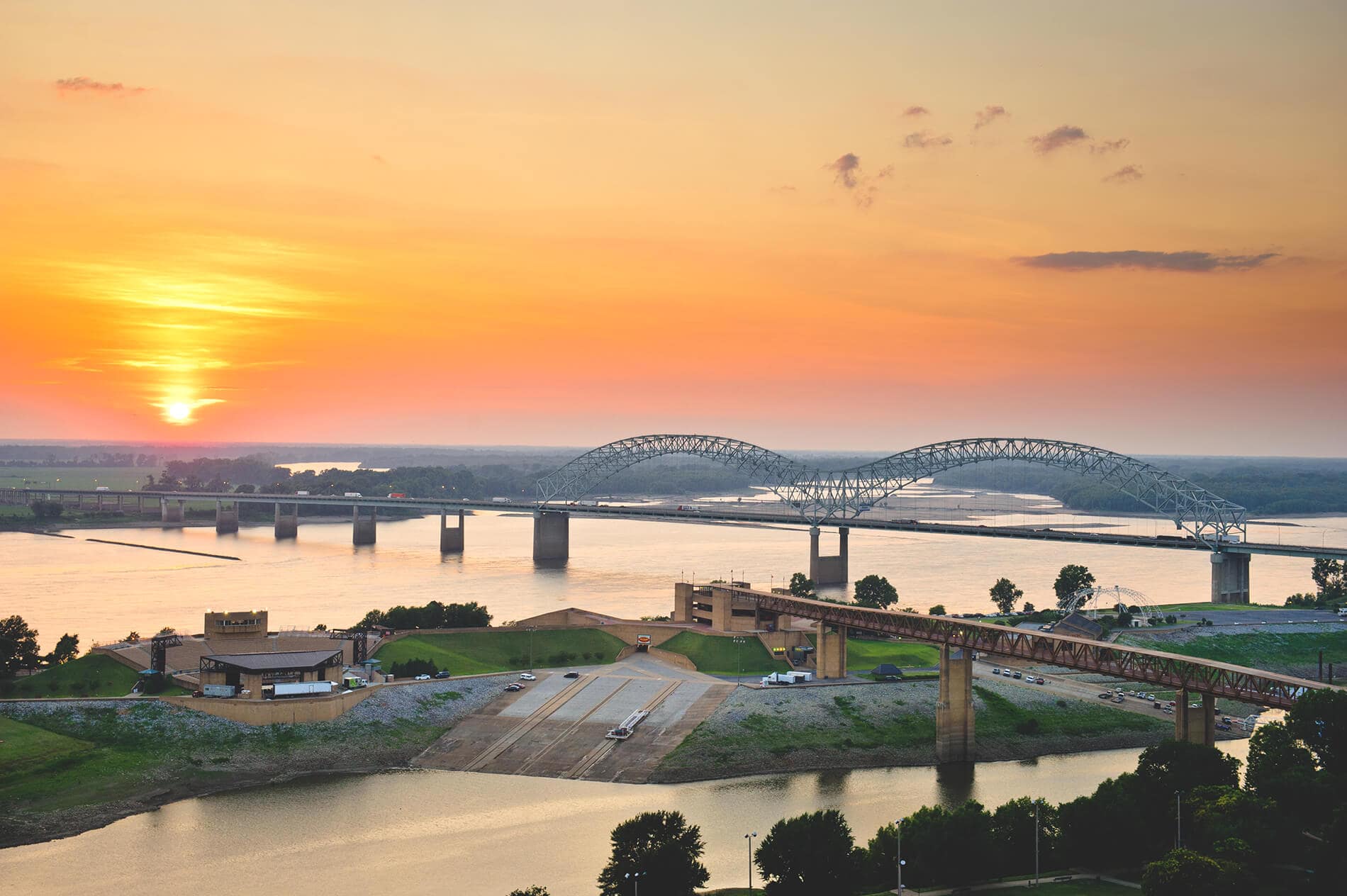
The challenges you may face when floating length of the Mississippi River
Safety
Safety is the biggest challenge facing any individual or team planning to navigate the length of the Mississippi.
A poorly designed attempt by inexperienced canoers can lead to failure, as happens in nearly 50% of attempts, with the occasional death ensuing.
Locks and dams
In the 1930s, the United States Army Corps of Engineers constructed a series of locks and dams along the Mississippi so that a channel for navigation could be maintained with a minimum of nine feet of water.
These locks and dams can be a significant hazard for small craft with inexperienced handlers. It is not permitted to enter the general water 600 feet upstream of a dam, and 150 feet downstream.
The waters in these areas have complex currents that can be very dangerous.
Crime
Remember that the Mississippi River does not just run through rural areas. It also flows through highly urban areas, and the riverside can be a dangerous place to be, especially at night.
High water
Avoid canoeing in high water as the fast currents and navigation channel can drag flimsy canoes into floating timber and other obstacles. Floodwaters can contain some solid objects which can smash into the canoe with great force especially in directional waters located at Lake Itasca, New Orleans and the mouth of the Gulf of Meixco.
Low water
Watch out for rocks in the upper reaches.
Tow boats
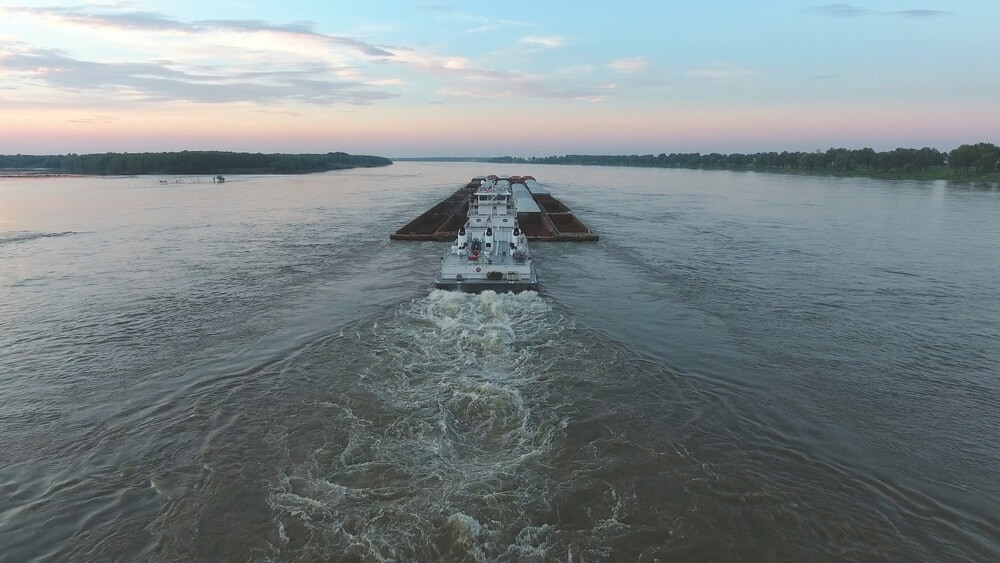
Stay clear of towboats! They have the right of way, and they create strong wakes throughout the length of the Mississippi River. It can take half a mile before they can stop, even if they do see you.
Turn your bow towards the wake they create. If you meet them on a bend in the river, try and stay on the inside of the curve.
Wing dams
The army also built hundreds of wing dams along the Mississippi and Baton Rouge. These are piles of rocks that do not show above the surface and direct currents to maintain the waterway.
They present a danger to small boats. To avoid them, try and stay within the marked navigation.
For the official Mississipi safety guide produced by the State, make sure to follow this link Safety Guide. It is important to remember that taking precautions and avoiding big ships is going to cost you time. It will slow you down considerably.
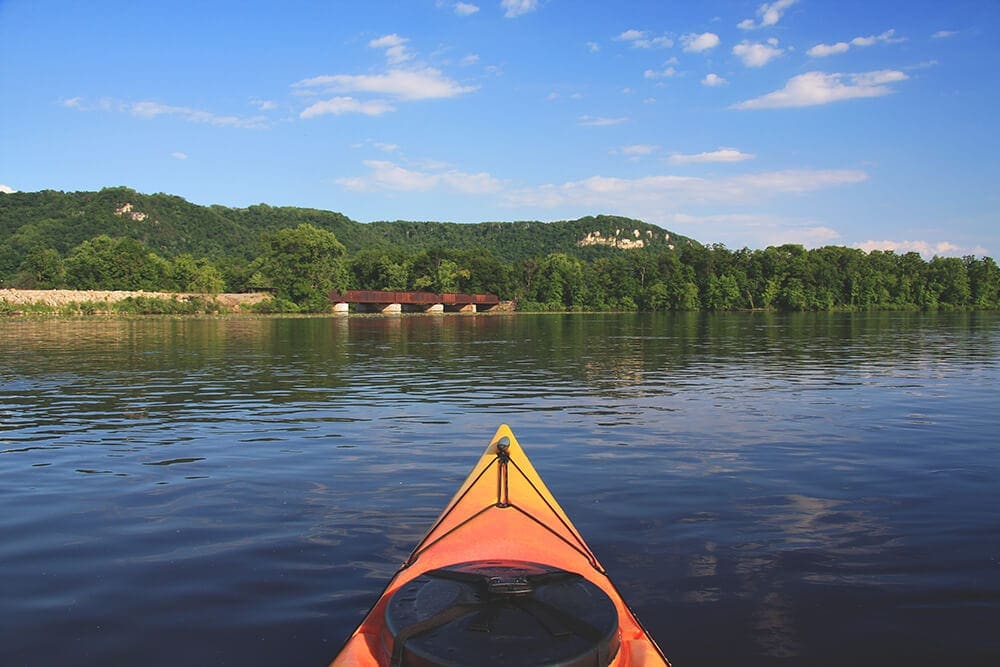
Porterage, dams, and locks
Many people undertaking a trip down the Mississippi do not realize that it is going to involve a lot of walking an many hours a day above sea level.
For a start, at the very source of the river, the water is only six inches deep some of the time, and you are going to have to splash alongside your boat as you walk with it. Depending on the season, this might take three days.
OK, that will pass, but you are also going to have to do a lot of walking and carrying your canoe at later stages of the trip.
The spots where you have to remove your canoe from the water and carry it can vary considerably. Anything between 100 feet and a mile and a half! Often this is over terrain that is quite challenging.
Dams and locks are going to slow you down even more. If you hit a lock where there is a big barge going through, that can take over two hours of sitting waiting.
However, take your time and follow any guidance given. The locks and the waters before and after a dam can be some of the most hazardous water conditions on your trip.
Wildlife

I probably should have included this in the safety section because there are several creatures that you want to avoid on this trip however many species are endangered and are supervised by the environmental protection agency.
Relax, chances are you will not come across any of them, but it is possible, and you should keep your eyes open. This safety advice probably will eat up more time.
Alligators
You are not likely to see an alligator in the central Mississippi River. In tributaries and swamps surrounding the river, yes, but in the river, I would not worry too much.
Even if you were to canoe by an alligator as long as you leave it alone, it would probably reciprocate.
Sharks
Yes, there are probably some sharks in the Mississippi. Bull sharks can get by in either salt of freshwater and can swim up rivers. One bull shark was spotted 700 miles up the Mississippi River.
However, there are very few occasions where sharks and humans get close in the river.
Bears
Black bears are present in the Mississippi National Park, and in theory, one may decide to take a walk along the river bank where you are camping, but there has never been a fatal bear attack in Mississippi.
Snakes
In Mississippi, there is only one recorded fatal snake bite.
The biggest wildlife threat
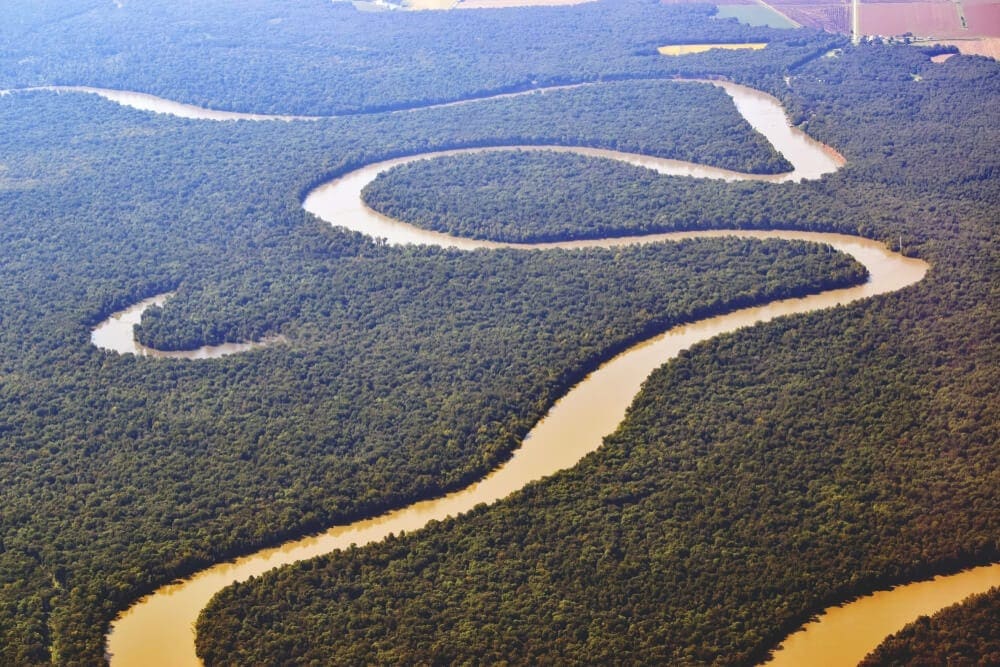
The most significant wildlife threat is the tiny mosquito that may carry West Nile Virus, and more deaths are recorded from mosquitoes than all the other creatures in this list combined.
So, there is much more to a trip down the Mississippi than just sitting in a canoe and being carried by the currents.
It involves a lot of paddling, walking, and great care. It is perhaps these unexpected issues like Porterage areas, huge barges, and the logistics of picking up supplies that add significantly to the time involved on the trip.
I hope you enjoyed this article and it help you understand How Long Does It Take To Float Down The Mississippi River.
FAQ’s
Who discovered the river?
The river, which runs from Canada to the Gulf of Mexico, has been a major obstacle for explorers and settlers since its discovery in 1541 by Spanish explorer Hernando de Soto. The first recorded crossing was made in 1673 by French fur trader René-Robert Cavelier, Sieur de La Salle, who named it after his patron King Louis XIV.
What is the most popular route?
A typical route is to start on the east side of the river, going upstream towards St Louis, then turning south to Cairo, Illinois, where they turn back and go north again.
What demographic travels the river?
In recent years there has been an increase in the number of women attempting the trip. This is not surprising given that the average age of those taking part is now about 40.

